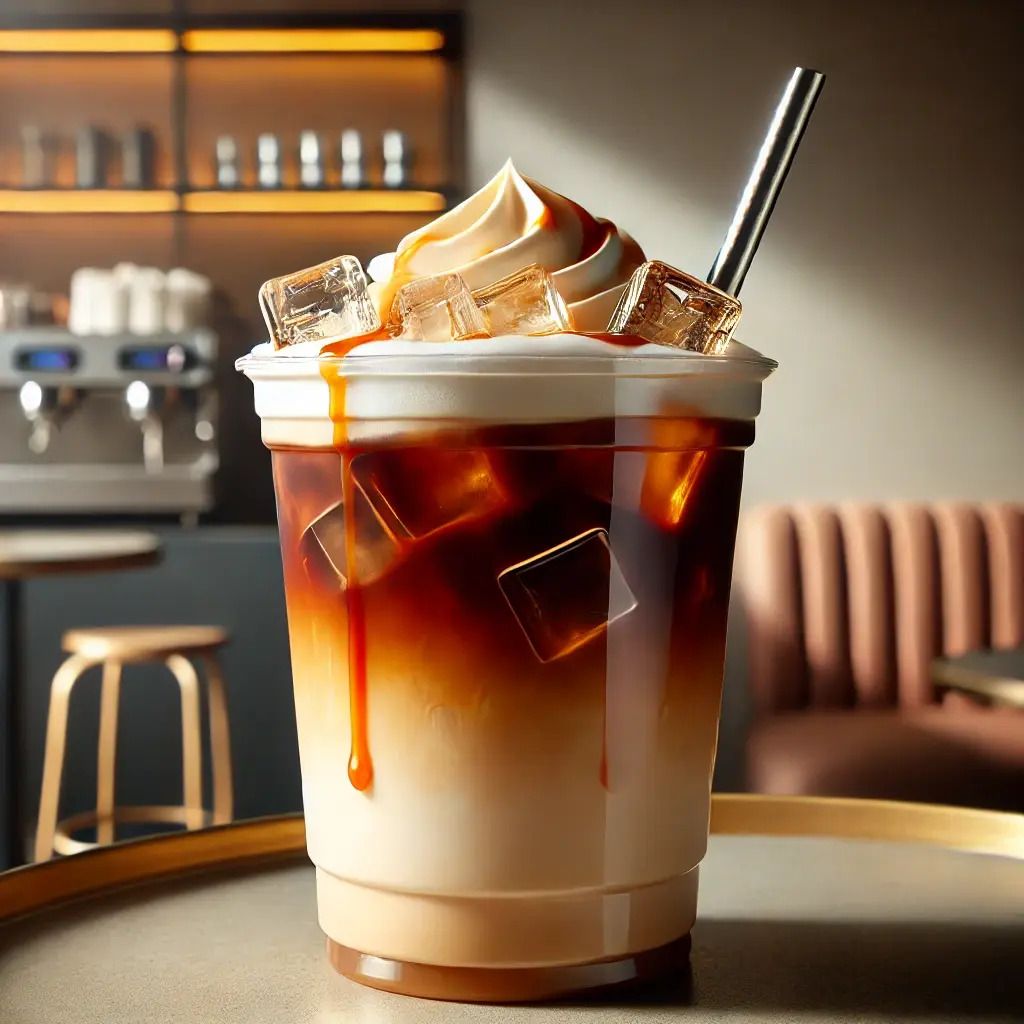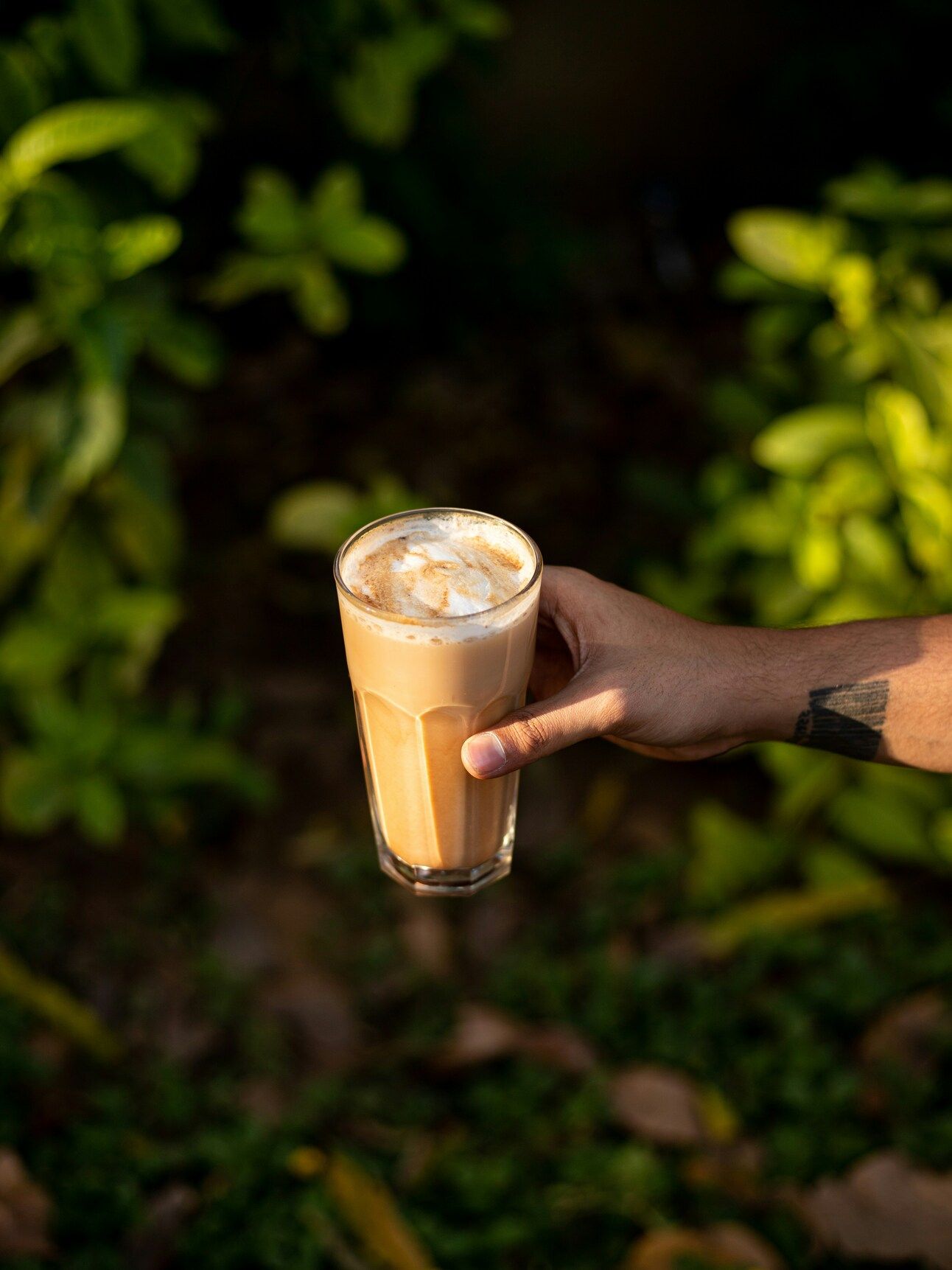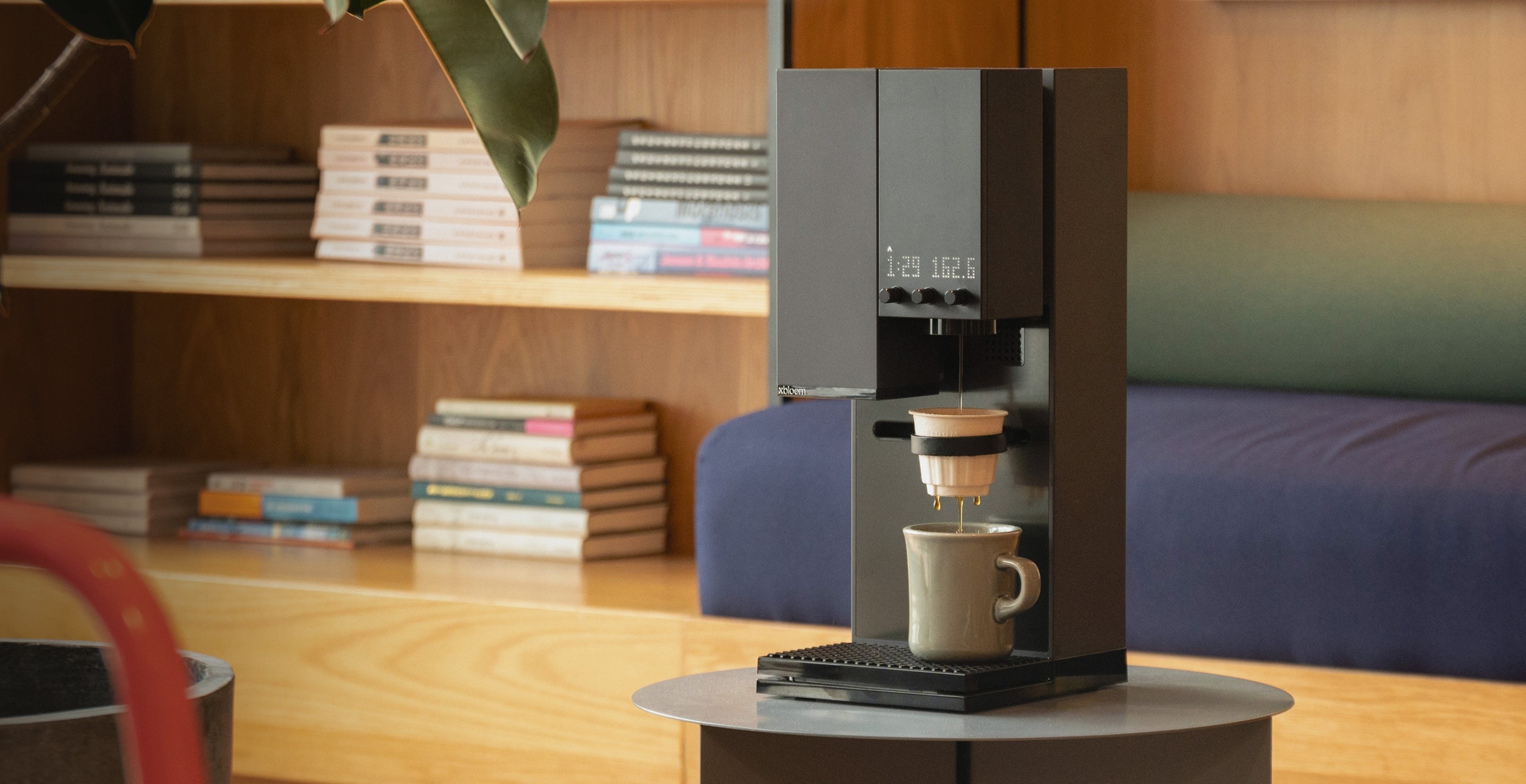- Ark's Newsletter
- Posts
- Why Americans Love Iced Coffee
Why Americans Love Iced Coffee
The Cool Revolution: How Cold Coffee Became America’s Favorite Year-Round Drink

From its aesthetic allure to its functional appeal, discover why cold coffee is reshaping the way Americans caffeinate.
Why Iced Coffee is Taking Over—Even in Winter!
Iced coffee isn’t just a drink in the U.S.—it’s a lifestyle, a year-round obsession that transcends seasons. While coffee is cherished worldwide, the American love for iced coffee stands out. Here’s why:
1. Convenience Meets Customization
In America, coffee is often a grab-and-go necessity, and iced coffee perfectly fits the fast-paced lifestyle. Its cold nature makes it easy to sip during commutes, meetings, or errands. Plus, Americans love options—whether it’s a splash of almond milk, caramel drizzle, or whipped cream, iced coffee is the perfect canvas for creativity.
2. Hot Summers Demand Cold Drinks
With large parts of the U.S. experiencing sweltering summers, iced coffee is a refreshing way to get that caffeine fix without overheating. It’s a practical solution to beat the heat while staying energized.
Iced coffee is highly photogenic. From the satisfying swirl of cream in cold brew to the artfully layered iced lattes, these drinks are made for Instagram. Social media influencers and brands have amplified iced coffee’s appeal, turning it into a trendy beverage for all ages.
4. Year-Round Availability
Unlike in some countries where iced coffee is a seasonal treat, American coffee shops serve it all year long. Snowstorms? No problem—people still queue up for their favorite cold drinks, often pairing them with seasonal flavors like pumpkin or peppermint.
5. The Rise of Cold Brew
Cold-brew coffee has revolutionized how Americans consume iced coffee. Its smoother, less acidic taste has won over those who might not enjoy traditional hot coffee. The rise of ready-to-drink cold brew options has further cemented iced coffee as a staple.
Meeting up for an iced coffee is a modern social ritual, especially among younger generations. It’s casual, affordable, and perfect for catching up with friends or taking a quick break from work.
7. A Touch of Luxury
Iced coffee feels indulgent. Whether it’s topped with sweet cold foam, paired with a pastry, or served in an aesthetically pleasing cup, it adds a little luxury to an otherwise mundane day.
What’s your go-to iced coffee order? Are you team cold brew, frappuccino, or classic iced latte? Share your favorite combo and keep sipping! ☕❄️
Between 2016 and 2023, consumer spending on cold coffee—including iced coffee, cold brew, and frozen coffee drinks—more than doubled in the U.S. By comparison, spending on hot coffee grew by about 20%. The appeal of cold coffee is undeniable, with its icy allure amplified by social media. Watching the preparation—like the satisfying sound of ice shaking—often inspires cravings, drawing in new fans daily.
Chains like Dunkin’ have capitalized on this trend, reporting a 50% growth in iced beverage sales since 2019. These drinks now make up two-thirds of their total beverage revenue. Similarly, Starbucks has seen its U.S. cold beverage sales soar, growing from under 40% to 75% of total drink sales between 2013 and 2021. This includes a mix of coffee and non-coffee options.
Americans’ love for cold coffee isn’t just a summer fling. Millennials and Gen Z drink cold coffee year-round, making it an “anytime beverage” rather than a seasonal treat. A Mintel report from 2023 highlighted that 26% of U.S. teens prefer cold coffee, compared to just 18% who drink it hot. For younger generations, iced coffee serves as an easier entry point to coffee culture, thanks to its customizability—flavors, toppings, and aesthetic presentation soften the bitterness of traditional brews.
The visual appeal of cold coffee, especially in clear cups, has made it a social media darling. From vibrant foam toppings to sparkly accents, these drinks often go viral online, fueling their popularity further. Cold coffee’s rise also aligns with Americans’ experimental approach to coffee, which contrasts with traditional coffee cultures like Italy or Turkey.
While hot coffee still dominates the U.S. market, the growth of cold coffee continues to outpace it, especially as companies innovate with products like Nespresso’s ready-to-drink cans and Keurig’s machines that brew and flash-chill coffee. Analysts predict cold coffee consumption will keep climbing as more restaurants and brands expand their offerings.
Whether it’s cold brew, iced lattes, or trendy nitro coffee, Americans’ love for their iced caffeine fix shows no signs of cooling down.
Cold Coffee as a Cultural Phenomenon
Cold coffee has evolved into more than just a beverage; it’s a cultural statement. For younger generations, ordering an iced coffee reflects their fast-paced, tech-savvy lifestyle. Clear cups filled with layers of espresso, milk, and foam create an aesthetic appeal that aligns with social media trends. The visual charm of cold coffee has turned it into a form of self-expression—whether it’s through Instagram-worthy swirls or unique flavor combinations.
Moreover, cold coffee speaks to America’s broader love for innovation and convenience. The rise of grab-and-go culture, coupled with advanced brewing methods like nitro-infused coffee or flash-chilled machines, makes cold coffee an accessible luxury. It’s no surprise that ready-to-drink cold coffee sales have surged by over 40% between 2019 and 2023.
Generational Divide: Hot vs. Cold
The preference for cold coffee highlights a clear generational shift. Baby Boomers and Gen X largely associate coffee with its traditional hot form, often as part of a morning ritual. On the other hand, Millennials and Gen Z drink coffee throughout the day, seeing iced beverages as a versatile option that fits into their fluid schedules.
This shift isn’t just about taste; it’s about functionality. Iced coffee lasts longer, making it a go-to choice for desk jobs, study sessions, and long commutes. It’s also seen as a more dynamic beverage that can be tailored with flavors, syrups, or toppings. Younger consumers value this customizability, finding it a more exciting and approachable entry point to coffee culture.
The Road Ahead: Will Cold Coffee Dominate?
Despite the rapid growth of cold coffee, hot coffee still holds the majority share in the U.S. market. However, industry experts predict that cold coffee will continue to gain ground as more restaurants and chains expand their offerings. The push for innovation—like Starbucks’ nitro cold brews or Keurig’s hybrid machines—indicates a strong belief in the category’s potential.
Globally, cold coffee faces cultural and climate challenges. In Europe, for instance, traditional hot coffee habits dominate, especially in colder regions. However, as American coffee trends spread through global chains like Starbucks, cold coffee is slowly making inroads. Brands are betting big on this shift, with products tailored to international tastes, such as cold brew variations and ready-to-drink options.
The Bottom Line
Cold coffee isn’t just a passing fad; it’s a reflection of changing consumer preferences. For younger generations, it’s a beverage that fits their need for convenience, creativity, and visual appeal. As brands continue to innovate and expand their cold coffee offerings, this category is poised to redefine the way the world enjoys its caffeine.
Will cold coffee ever surpass hot coffee in popularity? Time will tell, but one thing is certain: the iced coffee revolution is just getting started.


